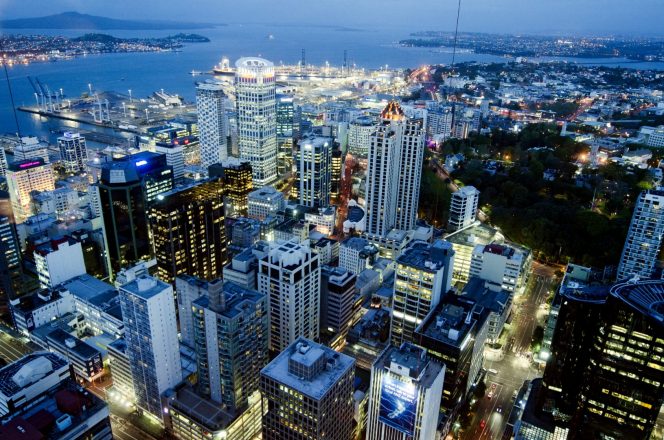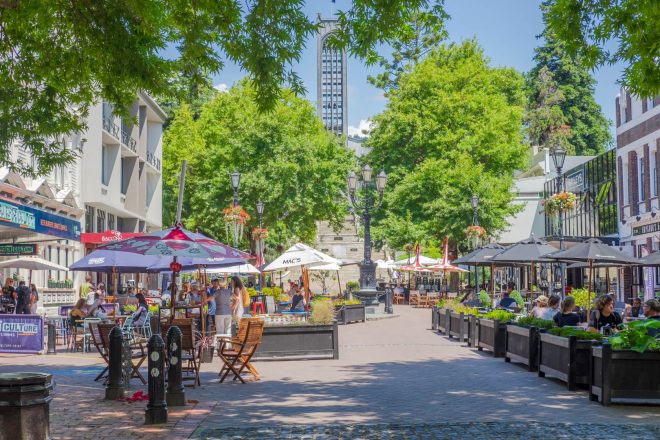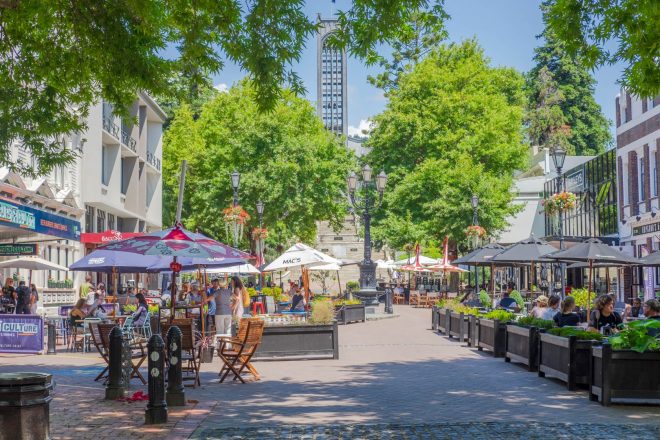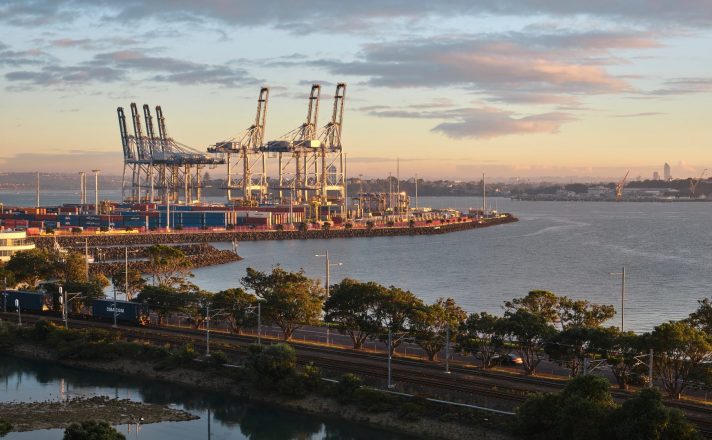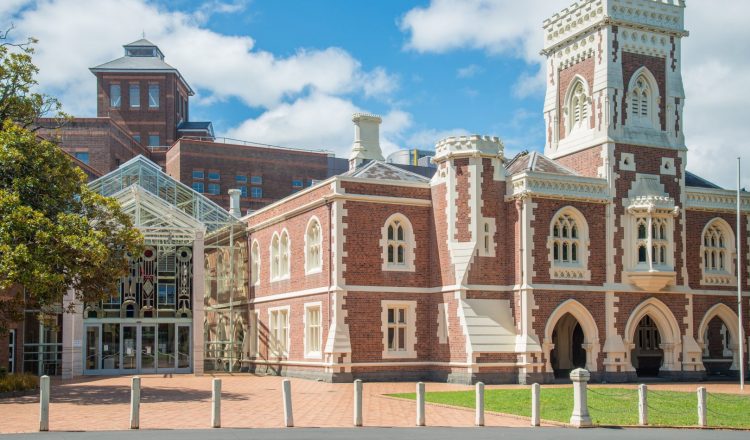合同法
新西兰对订约的监管相对较少。双方通常可以自由地按照自己的条件签订合同。新西兰的合同法在很大程度上由普通法原则组成,但须遵守某些法定参数。
例如:
(a) 无论合同条款如何,某些法定消费者保护措施都将适用;
(b) 与消费者签订的信贷合同受 2003 年《信贷合同和消费者融资法》的管制;
(c) 某些合同必须以书面形式(包括涉及土地、就业和抵押权益的合同);
(d) 2017 年《合同和商法法案》:
- ( i) 允许当事人以虚假陈述为由取消合同(在某些情况下,条件是合同条款没有规定他们自己的取消制度),并授权法院给予各种救济;
- ( ii) 如果一方当事人能够证明其由于真正的错误订立了合同,则允许法院在有限的情况下准予救济;
- ㈢ 条规定,对未成年人 (未满 18 岁的人) 一般无法执行合同,但使法院能够调查如此签订的合同的公正性和合理性并作出命令。
合同法以适用于新西兰实体的同样方式适用于海外拥有的实体,尽管海外拥有的实体可能需要根据海外投资规则获得必要的同意才能签订某些合同。对于涉及外国拥有的新西兰实体的合同,没有单独的要求。海外所有实体与新西兰实体之间合同的管辖法律将根据普通法 “法律冲突” 原则解释的合同条款来确定。

















































